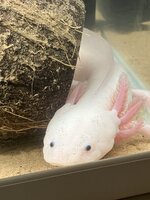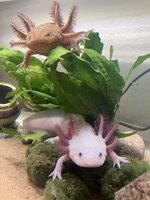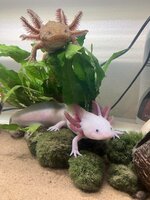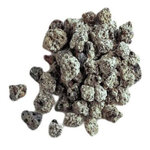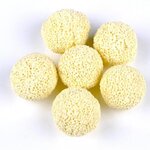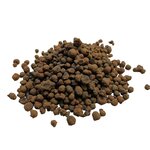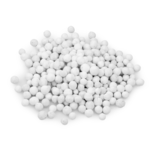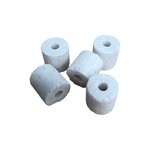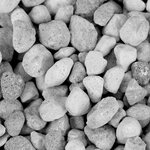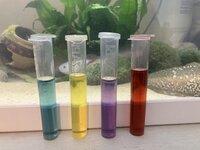Sazzarooo
New member
Hi
I’ve joined this forum for excellent feedback as I feel like throwing the towel in re cycling my tank! I’m also posting with some dread because I have already researched it in depth, tried it all and failed, and this is after successfully cycling a tank in the past.
I admit that I simply do not know what is going on! : (
I’m left with assuming a three foot tank is not big enough for two Axis.
Yes, I’m using a kit. Yes, Im doing water changes. Yes, I have Java fern. Yes, it reads as cycled before I put them in. They’re fed a large worm every other day. They appear to be healthy - but they have spent much of their lives out of the tank as they go in and then the levels change.
Please, only seasoned Axi keepers feedback.
Big thanks in advance.
Saz
I’ve joined this forum for excellent feedback as I feel like throwing the towel in re cycling my tank! I’m also posting with some dread because I have already researched it in depth, tried it all and failed, and this is after successfully cycling a tank in the past.
I admit that I simply do not know what is going on! : (
I’m left with assuming a three foot tank is not big enough for two Axis.
Yes, I’m using a kit. Yes, Im doing water changes. Yes, I have Java fern. Yes, it reads as cycled before I put them in. They’re fed a large worm every other day. They appear to be healthy - but they have spent much of their lives out of the tank as they go in and then the levels change.
Please, only seasoned Axi keepers feedback.
Big thanks in advance.
Saz

